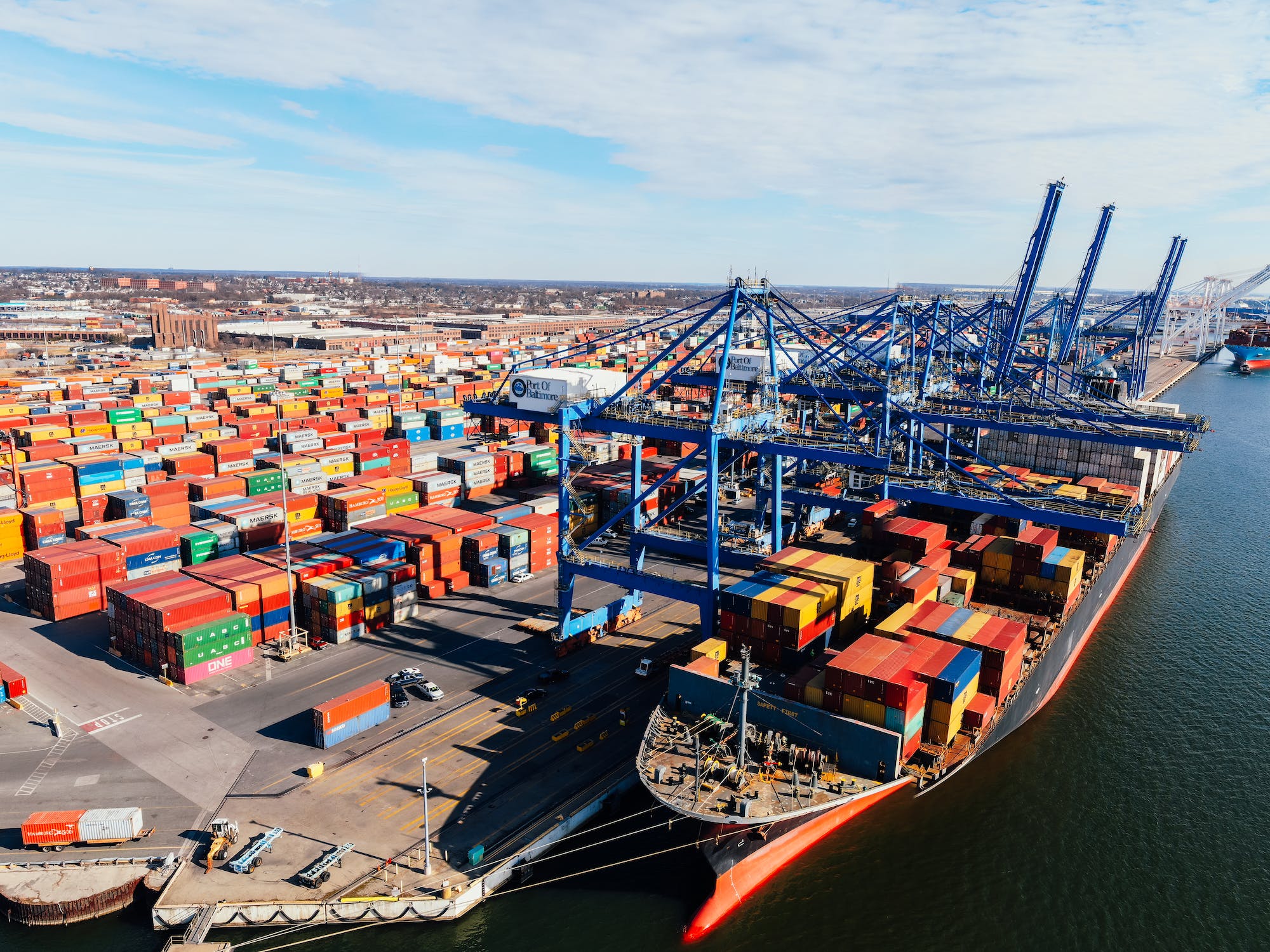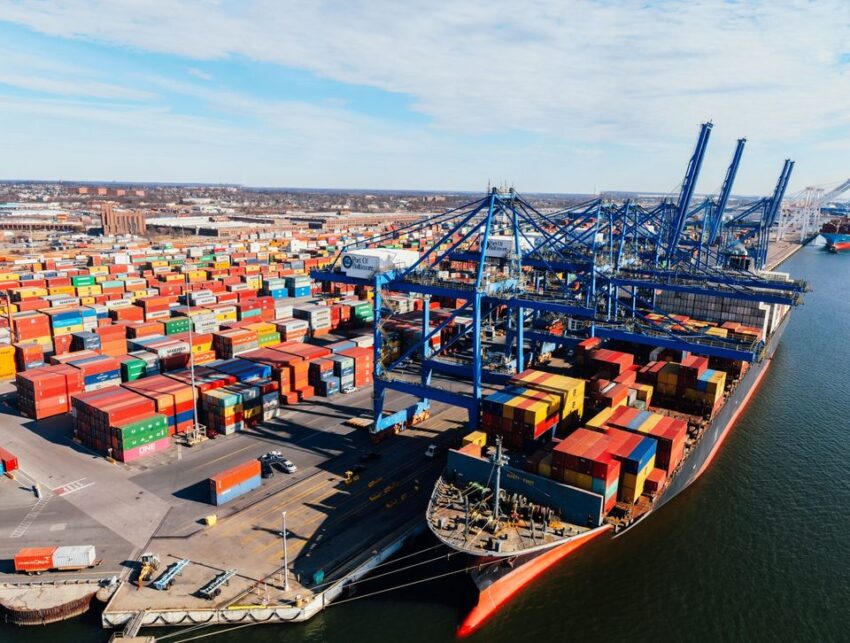
Visibility in the transportation and logistics industry translates to the availability of data regarding the freight for every stakeholder in the shipping process. Freight visibility is currently a top-priority investment area for the freight forwarding industry. It has become all the more critical for this sector since the pandemic as customers are now used to 24×7 delivery updates provided by e-commerce companies. For more than a decade, the logistics industry has been trying to come up with a real-time flow of data about freight location. With the renewed interest of the shipping sector in providing enhanced customer service, it has now become imperative for independent freight forwarders to come up with freight visibility solutions to keep up with the competition.
What is freight visibility in transportation and logistics?
By freight visibility, we mean gaining total, accurate, and real-time info on the location and the condition of the shipment. This allows all the stakeholders of a shipping process to get an idea about the cargo status and work proactively to move the shipment to its destination within the shortest span of time. Shipment visibility is presently in great demand both by the freight forwarders as well as their customers. Nevertheless, even today, most shipping companies are still relying on outdated processes for incomplete data generation only when the freight completes certain milestones.
Presently, a vast majority of freight forwarders are hinging on the carriers for data based on milestones which in turn is creating blind spots for both the forwarders and their customers. However, the logistics companies are lacking in visibility in between these milestones. They don’t have much info about the location of the inventories or if the shipping lines are offering optimum services. This is naturally resulting in bottlenecks in the supply chain which in turn is prompting the customers to choose the services of the multinationals rather than going for the independent freight forwarders.
Importance of adopting a freight visibility platform for independent freight forwarders
The advent of visibility platforms has altered the way in which freight forwarders manage their inbound and outbound shipments. Additionally, the most competitive companies in this sector are relying on dynamic and predictive software for end-to-end orchestration of the shipping process. As explained by an analyst from the American research and consulting firm Frost and Sullivan, “Open collaboration among data sharing and freight visibility platforms drives the functional capabilities of the ecosystem partners to deliver advanced operational and process intelligence for enterprises. Additionally, widening partner system integrations and strategic engagement models would position visibility platforms as a single pane of glass for supply chain intelligence.”
Lack of visibility could result in monetary losses
Longstanding resource shortage, the rising fuel price, and the increasing demand for digital logistics services have made it imperative for this industry to bring about some necessary changes. Even the small and mid-sized freight companies are now investing in freight visibility technology so as to gain a credible position and lower the uncertainties in the logistical processes. Additionally, lack of visibility could lead to unexpected expenses such as higher carrier rates, huge detention and demurrage charges, etc.
Manual planning processes are often inaccurate which in turn results in escalating expenses. End-to-end shipment visibility platforms allow shippers to track and trace every stage of the international delivery process. It allows every stakeholder of the shipment to locate the freight, control the shipment status, and take charge of any unexpected event. It allows freight forwarders like you to take care of any interruptions, implement a backup plan, and communicate on a grand scale. Therefore, freight visibility platforms can enormously help in avoiding inefficacy and weak points in the transportation process.


